Sapphire RX 7600 Pulse in detail
AMD has also upgraded the lower-end Radeons, and the RX 7600 with RDNA 3 architecture represents a really cheap graphics card. All things considered, it’s fair to say that, at least until the arrival of the GeForce RTX 4060, it’s the best value you can get for Full HD gaming. And did you know that the RX 7600 also dominates in simpler workstation environments that benefit from GPU performance?
The new RX 7600 graphics cards on offer from AMD and especially third-party manufacturers represent the cheapest options of the current AMD and Nvidia generations. In the RX 7900 XT (AMD’s RDNA 3 graphics card with the second “cheapest” GPU), it is quite large, while the chip in the RX 7600 (Navi 33) is less than half the size. By area and naturally by compute units. But the power draw is significantly lower and so is the price, which predestines the RX 7600 for low budget PC builds. Not just for gaming, but also work, as long as you can benefit from GPU performance within them. The latter, for compute tasks, as we’ve already discussed, has advanced significantly across architectures (from RDNA 2 to RDNA 3) at the same number of CUs (as, incidentally, the RX 6650 XT also has).
The full specifications of the RX 7600 in the tested Sapphire Pulse version can be found in the overview in the second chapter, we will not discuss this in the following text. But one thing, the topic around DisplayPort, we will discuss nonetheless. This one is actually already related to the design details of the Sapphire Pulse card. In this case, the DP interface is used only in version 1.4, while some RX 7600 variants also use the 2.1 standard. If you are not interested in this issue, you can skip the next two paragraphs of the text.
It is possible that the older DP 1.4 is used in cards that have PCBs inherited from the previous RDNA 2 generation (RX 6600 XT, RX 6650 XT). Gamers won’t be too limited by the card not supporting DP 2.1 – the RX 7600 isn’t aiming for UHD gaming at 165Hz, it doesn’t have the performance for that. That’s what the manufacturers argue as well, but still, even in this class, the newer DP can provide an advantage. This would typically be the case in the future, for example when working with video, if you bought an 8K monitor. DP 1.4a is indeed capable of handling 8K resolution up to 60 frames per second, but only using Vesa DSC compression, and even with that it hits the limit of this interface (so a higher compression ratio must already be applied). With DP 2.1, 8K@60 Hz monitors display uncompressed.
While DSC compression is designed to make its effects almost imperceptible, it is still not lossless (it uses quantization and runs in real-time with low latency, so it can’t use very advanced techniques). Probably the biggest risk with it is that it will distort various dithering patterns or noise texture in the image. This is because the noise in the image is compressible. It’s not a big deal in games, but if you’re working with photos and video, you want to maintain maximum image quality and avoid the monitor showing you something other than what’s actually in the data. While the benefits of DP 2.1 are only relevant to a narrow range of scenarios, in those scenarios it’s better to have an uncompressed image than a compressed one.
Sapphire RX 7600 Pulse in detail
The relatively small box already indicates belonging to the low-end – especially in contrast to the trend of enlarged dimensions of more powerful GeForce graphics cards.
The RX 7600 Pulse graphics card itself is slightly larger than the RX 6600 Pulse (especially in length, by 47mm), at 240mm it’s on par with the RX 6650 Pulse. However, the RX 7600 Pulse is 12mm smaller in width (i.e. the dimension from the slot to the side panel), which improves compatibility with smaller cases or those that have a vertically split interior into two chambers.
The card protrudes the PCIe plug tab by only 15 mm. The 44.5mm thickness is then across two PCI Express slots so that the cover ends just above the third motherboard slot that can be utilized. However, it will be very tight and will choke the cooler as well.
To cool the heatsink, the RX 7600 Pulse has two 90mm diameter fans. The blades are significantly curved and their tips are reinforced at the end with a frame. This eliminates excessive vibration and the appearance of tonal peaks in the sound. And that it does work can be seen in spectrograms, where although there are some peaks, they are always quite broad, so the aerodynamic noise doesn’t have a pervasive characteristic. It, on the contrary, is rather blunt and, within the limits of the smaller fans operating partly in the higher frequency band, pleasant.
The back of the card is reinforced and protected by a metal backplate with a grille. The latter is at the point where the cooler extends lengthwise over the PCB, which is slightly shorter (than the cooler). Thanks to this grille, heated air can leave the cooler area faster, which naturally has a positive impact on cooling effectiveness.
The Sapphire RX 7600 Pulse is a relatively lightweight (615g) and small dual-fan graphics card with above-standard compatibility, both with cases and expansion cards. It is an “OC” variant with a GPU clock speed in boost officially up to 2755 MHz. There is one 8-pin for external power supply, the TDP (or TBP) is 185 W.
The configuration of video outputs is in the ratio of three DP (1.4a) to two HDMI (2.1) and for the sake of completeness it is worth noting that the card connects to the PCI Express interface with 8 lanes instead of the full 16. In older builds with PCIe 3.0 you probably won’t feel any limitation in performance, but in the case of really old platforms with PCIe 2.0 (and there are still a few of those Intel Sandy Bridge platforms alive…), it can be worse.
Note: The article continues in the following chapters.
- Contents
- Sapphire RX 7600 Pulse in detail
- Table of parameters
- Methodology: performance tests
- Methodology: how we measure power draw
- Methodology: noise and sound measurement
- Methodology: temperature tests
- Test setup
- 3DMark
- Age of Empires II: DE
- Assassin’s Creed: Valhalla
- Battlefield V
- Battlefield V with DXR
- Borderlands 3
- Control
- Control with DXR
- Counter-Strike: GO
- Cyberpunk 2077
- Cyberpunk 2077 with DXR
- DOOM Eternal
- F1 2020
- FIFA 21
- Forza Horizon 4
- Mafia: DE
- Metro Exodus
- Metro Exodus with DXR
- Microsoft Flight Simulator
- Red Dead Redemption 2 (Vulkan)
- Red Dead Redemption 2 (Dx12)
- Shadow of the Tomb Raider
- Shadow of the Tomb Raider with DXR
- Total War Saga: Troy
- Wasteland 3
- Overall gaming performance and performance per euro
- CompuBench (OpenCL)
- SPECviewperf 2020 and SPECworkstation 3
- FLOPS, IOPS and memory speed tests
- 3D rendering 1/2 (LuxMark and Blender@Cycles)
- 3D rendering 2/2 (Blender@Radeon ProRender and Eevee)
- Photo editing (Adobe Photoshop, Lightroom and Affinity Photo)
- Broadcasting (OBS and Xsplit)
- Password cracking
- GPU clock speed
- GPU and VRAM temperatures
- Net graphics card power draw and performance per watt
- Analysis of 12 V branch power supply (higher load)
- Analysis of 12 V branch power supply (lower load)
- Analysis of 3.3 V branch power supply
- Noise level
- Frequency response of sound
- Conclusion






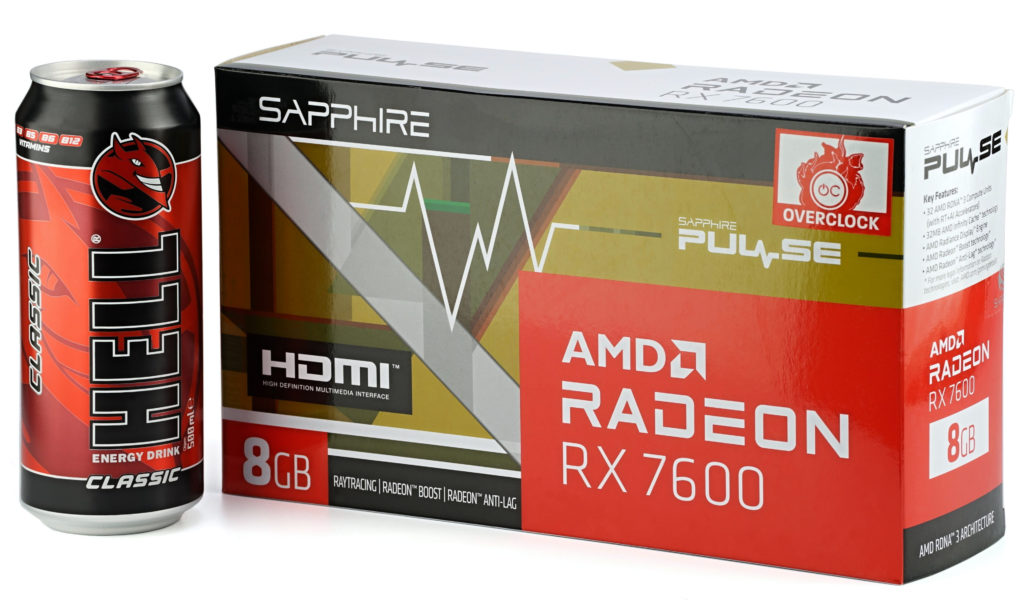
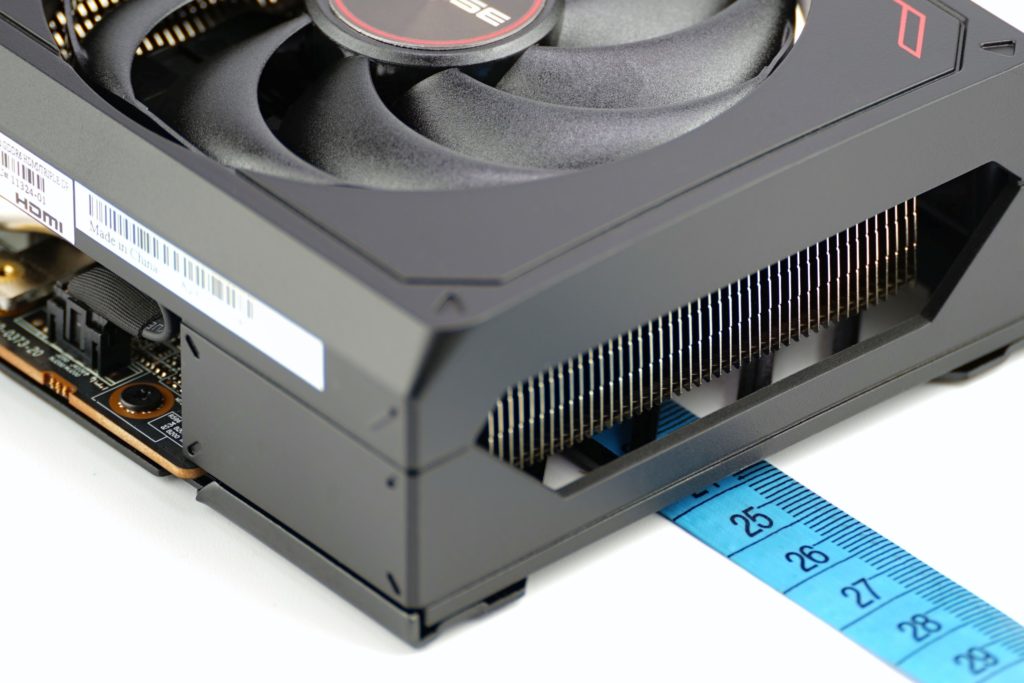
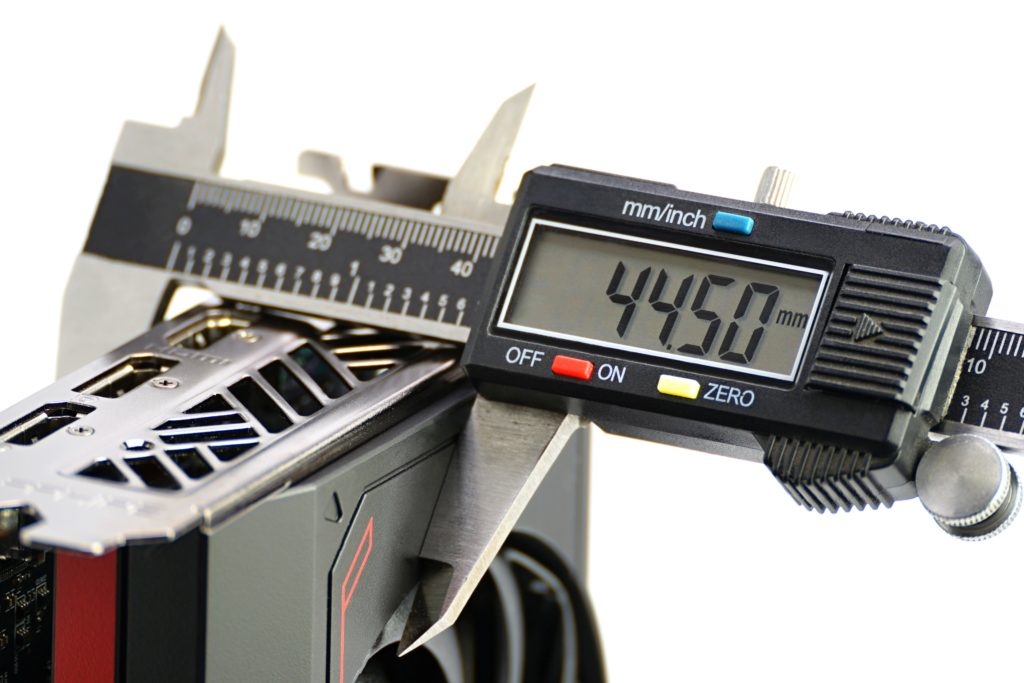
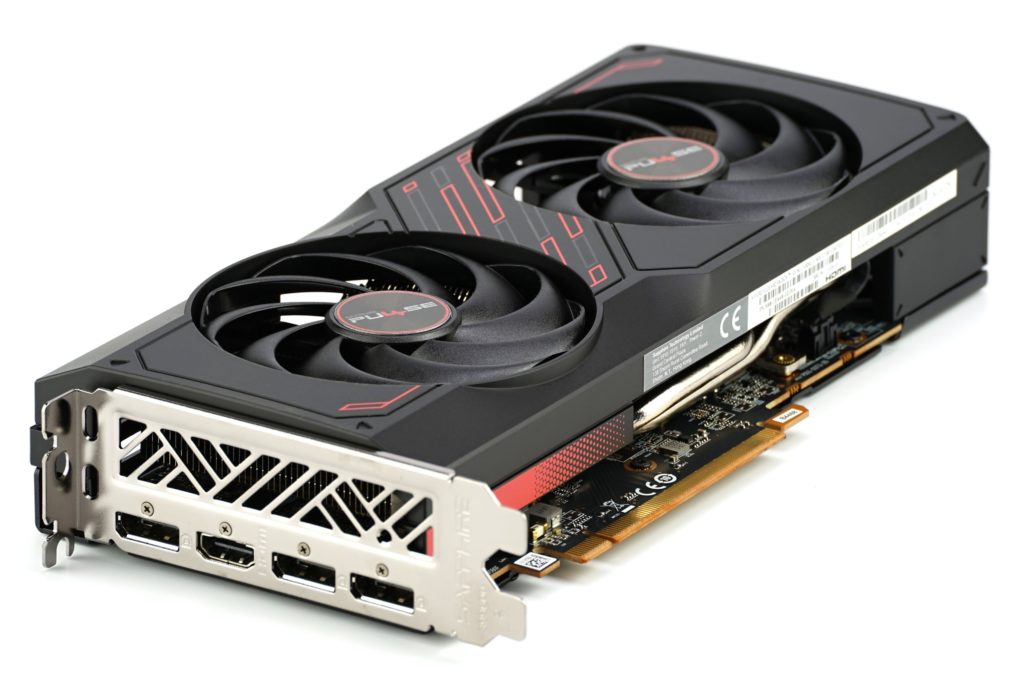
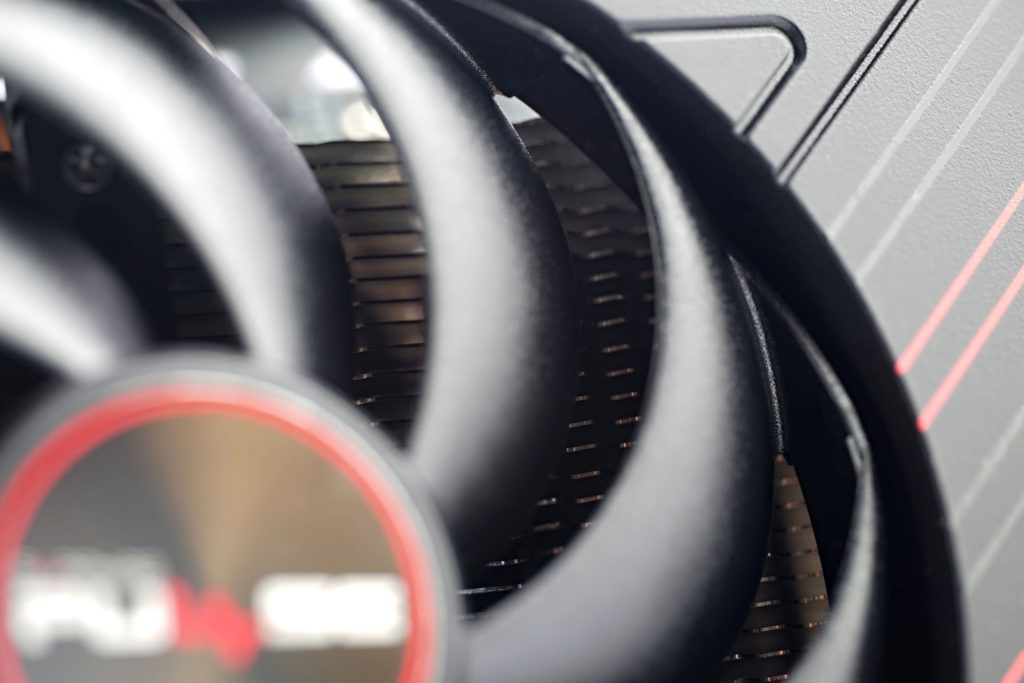
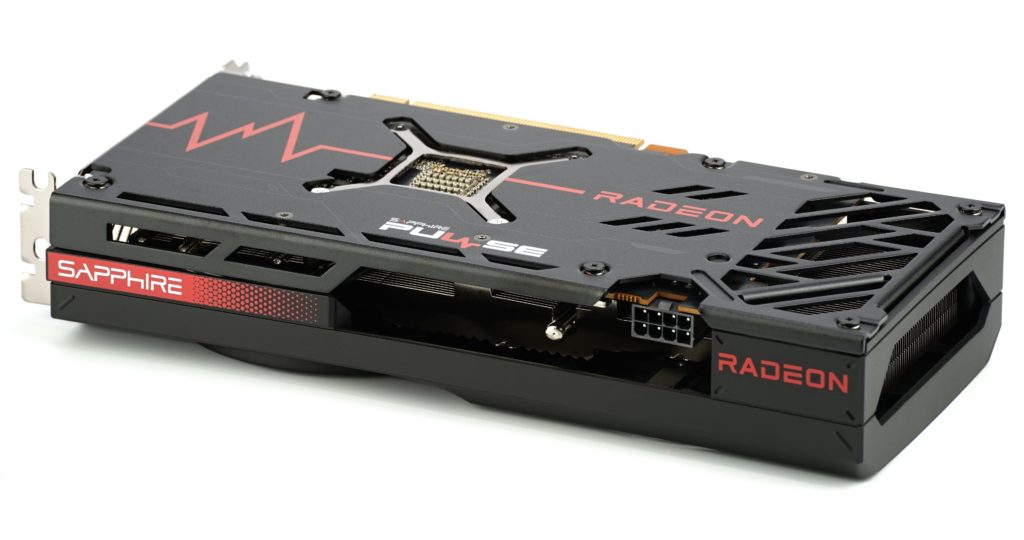
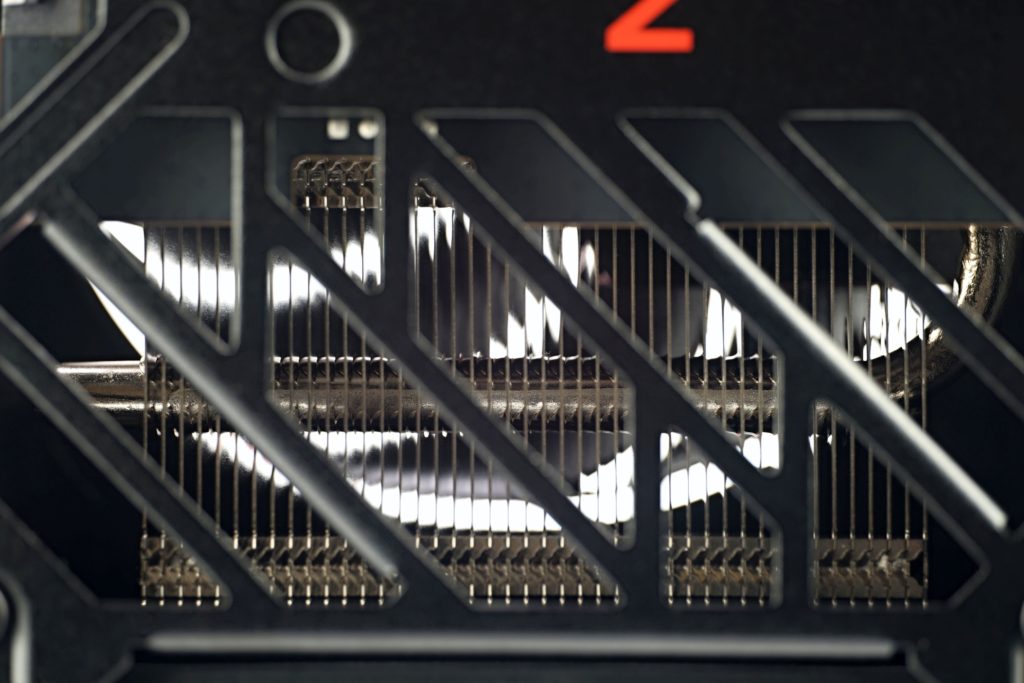
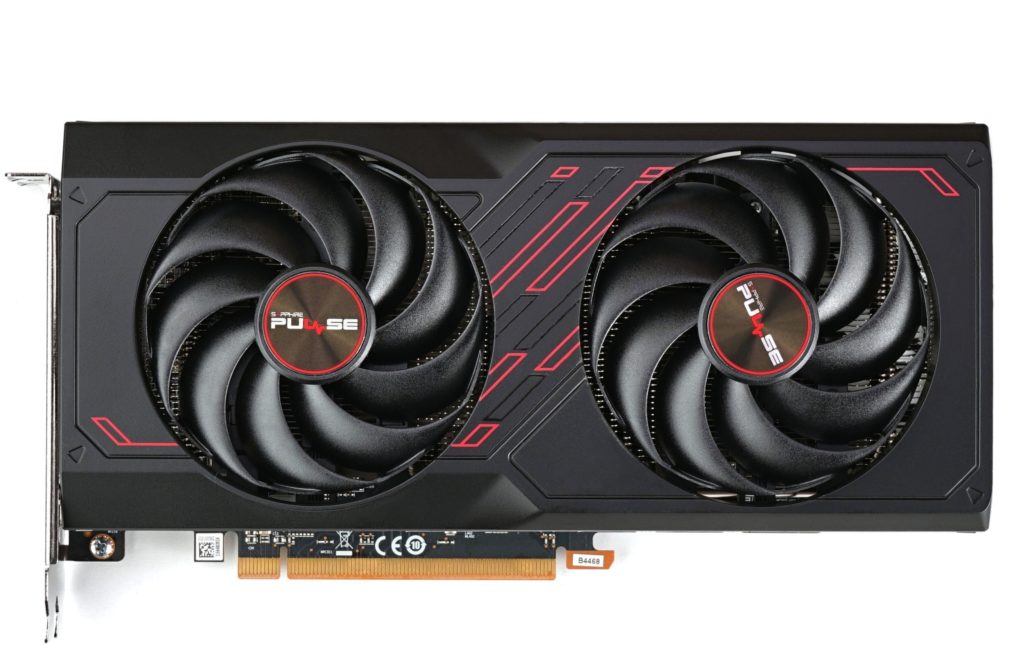
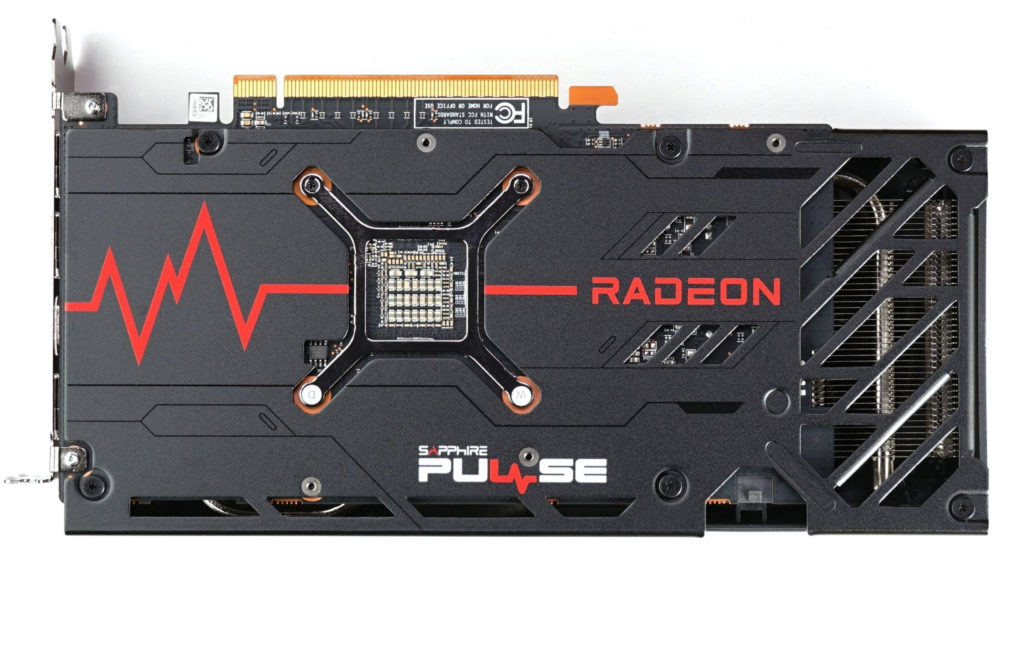

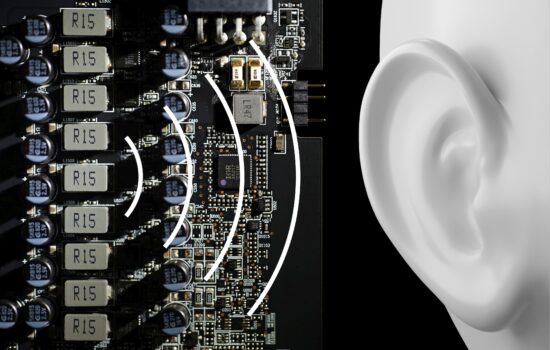




Typical loud coil whine from Sapphire. I have a different view on the 7600 though. For me, this GPU underdelivers at 300 euros. The efficiency improvement over Navi 3 is not great. It may look OK vs insanely overclocked 6650XT, but vs 6600XT the picture will be different. It’s a mere 6nm, unlike the much more efficient 5+6nm 7900XT and XTX. When the 4060 non-Ti with identical performance (or maybe -2%) is out at 330 euros, it will be a much better buy with its 100-105W power draw in games, no crazy hotspot temps, and drivers that can be trusted. Both of them are quite bad for new titles with 8GB of VRAM and their performance is disappointing vs the last gen at the MSRP, but the 4060 can at least brag about a huge efficiency jump over the last gen. The 7600 is basically an uninspiring 6650 XT refresh in 6nm.
When it comes to gaming performance, yes the RX 7600’s efficiency is indeed equal to that of the RX 6600 XT.
To the price: It is also in my interest to have everything as cheap and high quality as possible, but I admit that I don’t understand what the problem is with RX 7600. Apart from the slightly cheaper Radeon RX 6650 XT (with many disadvantages compared to the RX 7600), the RX 7600 still has a comparable price/performance ratio. The moment the RX 6000 series ceases to exist on the market, only the RTX 4060 will be in a similar price class, which at a similar speed and at the same time significantly lower power draw will be, of course, technically more attractive, but also a more expensive option. For the casual gamer, who is more concerned with price/performance ratio than lower power draw and lower noise, there is nothing better than the RX 7600 in the end.
I don’t want to get into an opinion dispute with anyone, everyone takes different things into account when evaluating a graphics card, so we always try to test as many as possible… but the media image about how the Radeon RX 7600 is not worth it at all and how it’s garbage is far-fetched and seems really unfair to me.